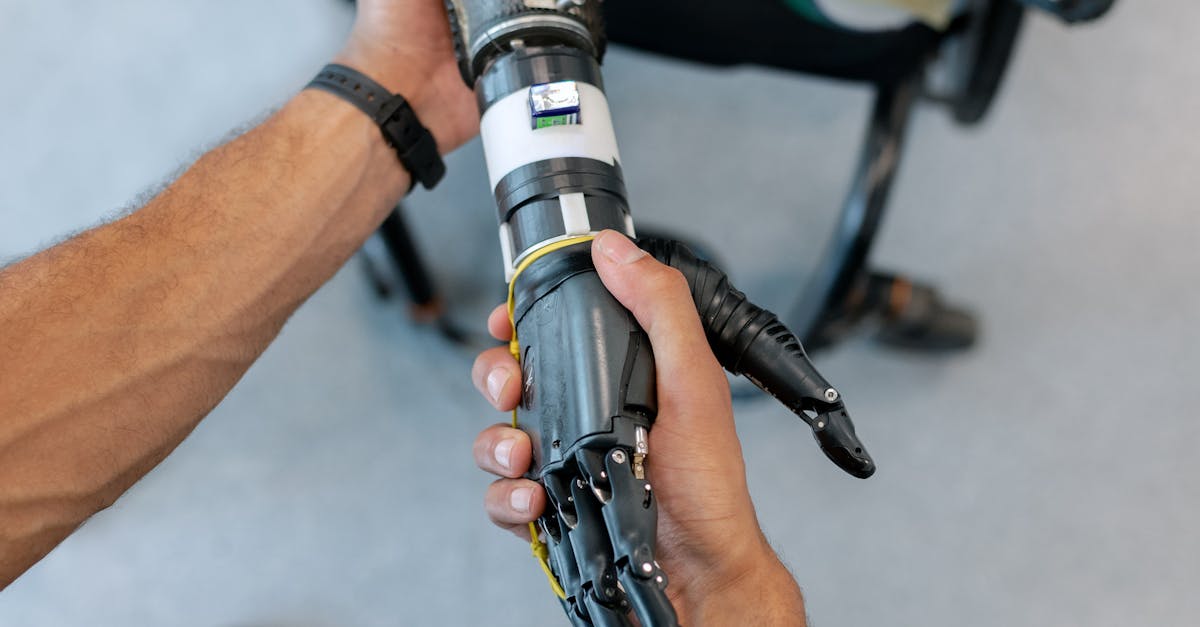
Boot Fitting
Table Of Contents
Finding the right pair of boots is essential for both comfort and functionality, especially for those who spend long hours on their feet. When it comes to ensuring a truly enjoyable wearing experience, comfortable boot fit modifications can make all the difference. From custom insoles to adjusting the boot structure, these modifications cater to individual foot shapes and sizes, enhancing not only comfort but also performance during various activities.
Whether you're an outdoor enthusiast, a casual wearer, or in need of specialized footwear for work, achieving the perfect comfortable boot fit modifications is key. These adjustments help alleviate pressure points, prevent blisters, and enhance the overall experience of wearing boots. As more individuals seek personalized solutions for their footwear needs, understanding the options available for boot fitting becomes increasingly important for optimal comfort and support.
Picking the Ideal Ski Boot for Your Needs
When considering boot fitting, choosing the ideal boot is crucial for top performance and comfort. Each need requires specific features that may enhance your experience. For instance, when you are hiking, you will want boots that provide excellent support and durability, while lifestyle wear may prioritize fashion over technical features.
Fitting is another key aspect to consider when selecting your boot. The well-fitting boot should embrace your foot without causing discomfort. Keep in mind that the shape of feet vary greatly, so fitting multiple options is recommended. Moreover, look for features such as breathability that align with your specific requirements to ensure the footwear not only fits well but also performs effectively in various conditions.
Aspects to Keep in Mind When Selecting Boots
As you choosing boots, a person should think about the aspects that can affect fit. A suitable size is important as it can influence your overall experience on the slopes. Furthermore, leg structure and arch height are important factors that can greatly impact how well the boots perform.
A key factor to consider is the rigidity of the boot. Specific levels of flex can influence control and balance when skiing. Furthermore, the insulation material can influence warmth and fit throughout the day. At the end of the day, considering the features of the boot can also play a role in your overall satisfaction.
Ways to Care for Your Boots
Effective maintenance is important for preserving the durability of your footwear. Consistent cleansing helps remove dirt, salt, and moisture that can damage the material. Utilize a damp cloth to wipe down the exterior and a soft brush for any stubborn spots. After cleaning, allow your boots to dry out at room temperature, avoiding direct heat sources that can cause cracking or warping.
Applying conditioner on leather boots may also boost their appearance and water resistance. Make sure to use products specifically designed for your type of boot material. Keep your boots in a cool, dry place when not in use to prevent mold and mildew growth. Think about using boot trees or stuff them with newspaper to help maintain their shape. Following these simple practices will help keep your boots looking great and performing well for years to come.
Best Techniques for Caring for Footwear Boots
For lengthen the life of ski boots, suitable care is essential. Commence by cleaning the boots after each use. Employ a soft brush to get rid of dirt and debris while ensuring you do not damage the material. Once cleaning, allow the boots to air dry away from direct heat sources. That helps maintain the shape and integrity of the materials. Alongside this, applying a waterproofing treatment can help ensure the boots safeguarded from moisture and stains.
Consistent inspections of the boots are vital for identifying any signs of wear and tear. Inspect the soles for any damage or excessive wear, as well as the laces for fraying. Replacing worn-out components promptly can help avoid larger issues down the line. Placing your boots in a cool, dry place when not in use helps prevent mold and mildew. Incorporating boot trees or stuffing them with newspaper can help maintain their shape and absorb excess moisture. Such practices ensure your boots remain comfortable and ready for your next adventure.
Modern Methods in Boot Fitting
The process of boot fitting has significantly evolved with advanced techniques. Advanced 3D scanning has become a game changer in achieving a perfect fit. This technology enables boot specialists to capture the accurate shape of a customer's foot, ensuring that each contour is addressed. Additionally, heat-moldable liners have gained popularity as another innovative method that boosts comfort and performance.
An additional technique that shows the progress in boot fitting is the use of tailored insoles. By utilizing high-tech materials and designs, these insoles provide stability that aligns with the unique structure of an individual's foot. This fusion of state-of-the-art solutions ensures that each skier or snowboarder can enjoy a secure fit, leading to better performance and reduced fatigue. As these advanced techniques, the future of boot fitting looks bright.
Exploring Effect of Technology on Footwear Adjustment
Technology has transformed how we approach ski boot fitting in recent years. With three-dimensional scanning, boot fitters can produce accurate models of each person's feet. This allows for customized fittings that promise comfort and performance on the slopes, as a result enhancing the overall skiing experience.
Furthermore, advancements in materials have led to the development of more lightweight and more flexible boot designs. These upgrades not only boost comfort but also enable skiers to have superior control and responsiveness. By embracing these innovative solutions, ski boot fitting industry continues to progress, making it easier for skiers to find the perfect fit.